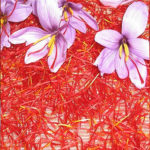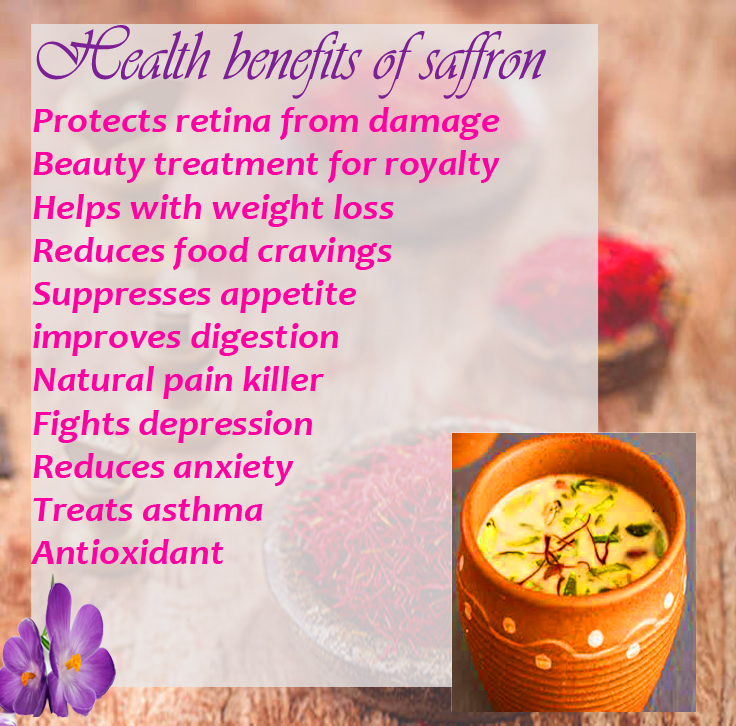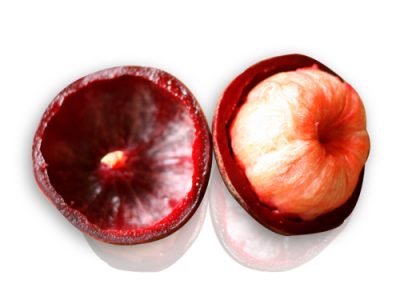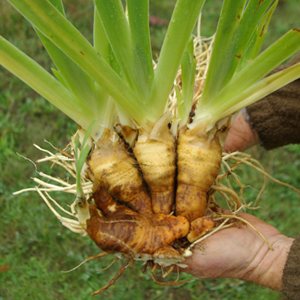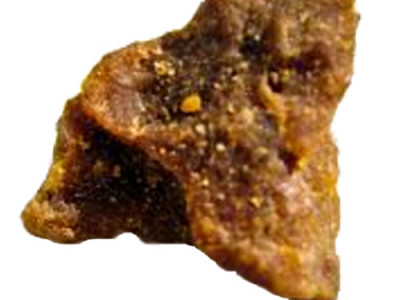
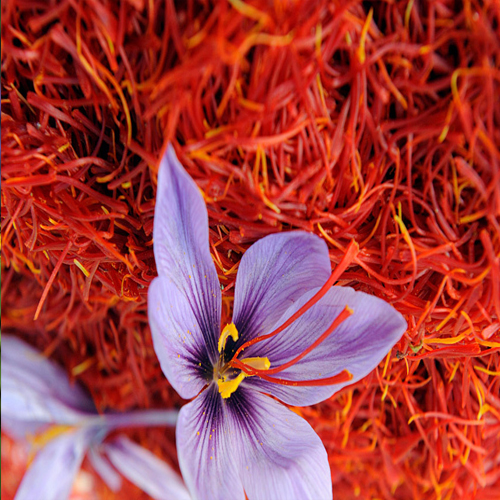
Saffron History Origin Growth And Its Various Benefits
Saffron History And Its Various Benefits
Human beings cannot separate themselves from plants and trees since they are dependent mainly leaves, fruits, vegetables and other parts of the plants.
Millions of men and women walk through the vegetable markets everyday to purchase different types of vegetables and fruits for their day to day living.
Human beings can eat many vegetables raw but should avoid eating raw the vegetables that have toxic substances. Some of the vegetables that have toxic substance are Green potatoes, yucca, raw red kidney beans and Rhubarb leaves.
This topic will deal with a plant named Saffron which is commonly called as Saffron crocus. since the spice is derived from the flower of Crocus sativus.
Cultivation
This plant grows up to 30 cm and bears up to four flowers which is crimson color. This plant was cultivated first in Greece and is native to Greece or Southwest Asia.
Initially it was cultivated in most parts of Eurasia and was later brought to North Africa, North America and Oceania. This plant is incapable of sexual reproduction and unknown in the wild.
This plant was cultivated during Bronze Age and the taste and hay-like fragrance result from picrocrocin and safranal. Saffron is used in textiles and dishes. The archaeological findings date back to 7th century BC.
Origin And Production
Iran is the major producer of saffron and they account for 90% of the world production.
The origin of this plant is still a mystery but various sources provide information that it dates back to 12th centuryy od French term safran, which comes for the Latin word safarnum.
The Persians call it zafaran. Persians is the first to cook various foods using saffran. They are using saffran for the past thousand years.
In India, especially in Hindi it is called Kesar. It is also called ‘wild saffron’ which originated in Greece.
How Its Grown
This plant achieves a height of 30 cm and has white leaves known as cataphylls. The small corms are brown globules measures 5 cm in diameter.
The coat is referred as “corm tunic“. This plant also bears vertical fibers that grow up to 5 cm above the plant’s neck.
After aestivating, the plant sends true leaves which measures 40 cm in length. The brilliantly hued flowers of this plant start to bloom only in the month of October.
The flowers possess a sweet fragrance. During the flowering state, the size of the plant is less than 30 cm in height.
A three-pronged style emerges from the flower and each prong terminates with a vivid crimson stigma which measures 30 mm in length. It grows well in hot and dry summer and does not grow properly in cold climates.
Planting is done during June in the Northern Hemisphere where corms are lodged 15 cm deep. The roots and other parts of the plant develop during October and February.
This plant prefers friable, loose, low-density, well-watered and well-drained soils. The harvesting starts during mid-autumn when they flower. Harvests are by necessity a quick affair.
Saffron Properties
- Saffron contains as much as 150 volatile and aroma yielding compounds. The non-volatile components are carotenoids, including zeaxanthin, lycopene, and various α- and β-carotenes.
- However, saffron’s golden yellow-orange color is primarily the result of α-crocin. This crocin is trans-crocetin di-(β-D-gentiobiosyl) ester; it bears the systematic (IUPAC) name 8,8-diapo-8,8-carotenoic acid.
- Saffron is graded according to where it is grown. Saffron from Iran, Spain and Kashmir is classified into various grades.
- ISO 3632 deals exclusively with saffron and establishes three categories. Category III is poorest quality, II, and I – finest quality. Formerly there was also category IV, which was below category III.
- In India high-grade Kashmiri saffron is often sold and mixed with cheaper varieties of Iran. The most intense varieties are from Iranian.
- The “boutique” crops are available from New Zealand, France, Switzerland, England, the United States, and other countries.
History of Saffron
text_align=”justify” width=””]This plant was introduced to Italy by a Dominican monk from Inquisition-era Spain.In Italy it is grown in premium lands. Gavino Monreale in Italy is the largest producer of mustard in the country representing 60% of Italian production.
Buddhist monks in Singapore worship Buddha by wearing saffron-colored robes. The Saffron has the capacity to cure more than 90illnesses. Saffron-based pigments have been found in 50000 year-old depictions in Iran. The Saffron was traded during 2nd millennium BC. Persians cultivated Saffron during 10th century BC.
Persians used as medicines, cosmetic and body washes. Saffron threads were very famous in Persia those days. It is imperative to note that Alexander the Great used saffron in his infusions, rice and for other purposes.
It arrived in Kashmir and China anywhere between 2500-900 years ago. There is lots of history about Saffron and it is considered as an ancient plant.
Saffron Various Uses
- Saffron is rich in vitamins and supplements and nourishes the body completely.
- Iran and Greece are the largest producers of Saffron followed by other countries like India, USA , Israel, Mexico and England.
- The saffron is crushed in hot water for few minutes before preparing a cuisine.
- Saffron is widely used in Persian, Indian, European, Arab, and Turkish cuisines.
- It is used in fabric dye in China and India. Indians use saffron in many religious functions.
- Saffron helps to cure depression, pre-menstrual syndrome.

